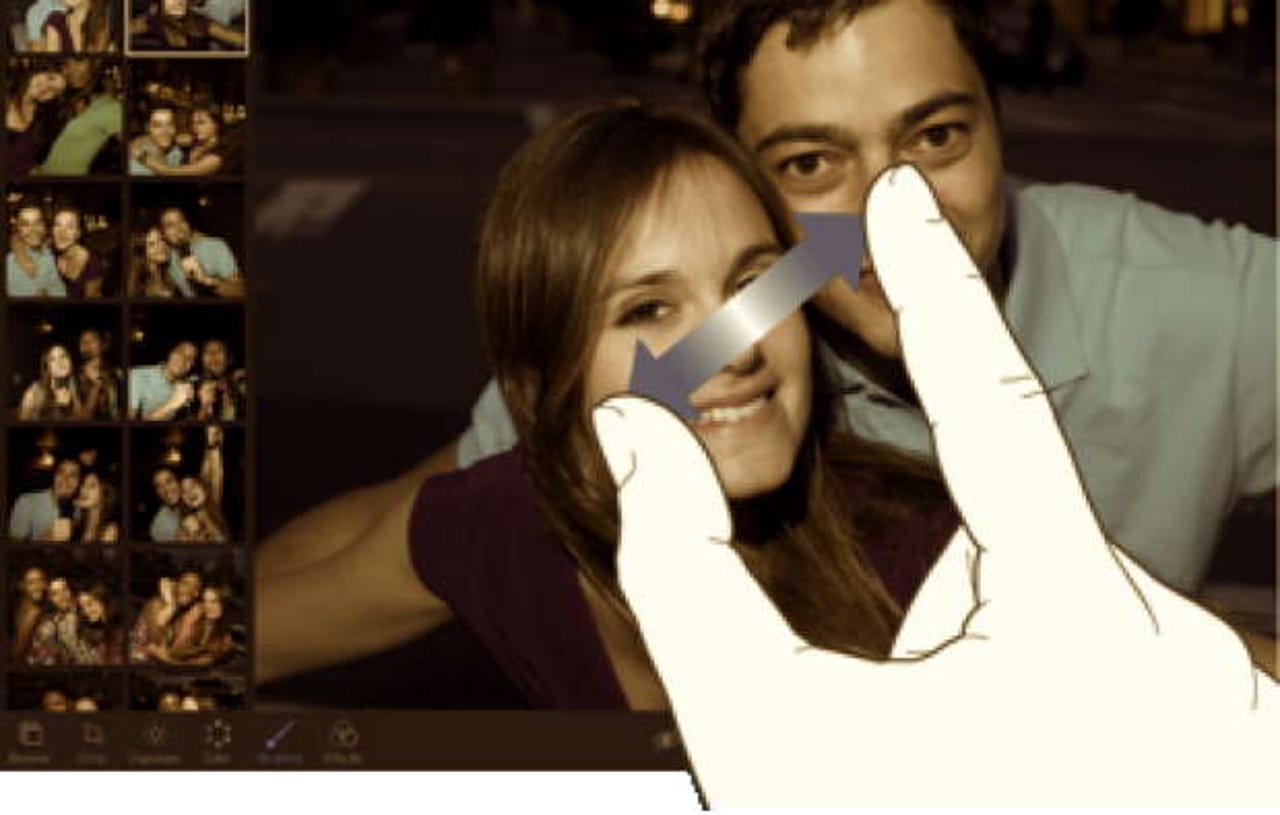Apple's latest iPen patent is for modular, super-smart stylus

According to a post this weekend by Jack Purcher at the Patently Apple blog, Apple last week applied for patents covering a modular, super-stylus that can be outfitted with different tops designed for the task at hand, including an audio recorder, laser pointer or tiny, personal projector. This is all a part of Cupertino's reported iPen device project.
The concepts an Apple-branded, wearable computing device keeps expanding (and so do the rumors). One day it's a wristband watch product, and another, a sylus that clips in the pocket. Cupertino's patent applications keep fueling the market's imagination. Patently Apple reported that it counts 22 patents for a smart stylus device.

In the latest patent, each of the device's expansion modules could include one or more of a power source, camera, audio recorder, communication circuit, gyroscope, accelerometer, laser pointer, projector, or the like.
Apple states that the projector module could be used to display an image on a surface and to allow a user to edit a document by moving the stylus across the projected image. Alternatively, the projector could be included within the base module.
Since the device is smart (and can connect wirelessly to an iOS device or computer), it can do all sorts of useful things. It will be able to detect motion and direction, letting the projector compensate for changes in height or in its relationship to the projection surface.
The system will include audio recording and a camera. The audio can be sent back to a receiving iOS or computer via Bluetooth, Wi-Fi, or even cellular technologies, the patent application says.
Of course, the smart stylus could be used as, well, a stylus. Go figure. However, the patent states that the stylus also could also capture what it calls "air gestures."
Apple notes in their patent filing that the gyro/accelerometer could also be used to detect motion in the form of stylus based air gestures. For example, a sweeping motion of the stylus would be able to be detected by the gyro/accelerometer and transmitted to a remote touch sensitive device. The in-air gestures made with the use of the stylus would be acknowledged as an input that could, for example, translate to a command of turning a page of a manual or book or to transition one presentation slide to the next. Apple also notes that in-air gestures could also act as a mouse replacement in certain instances.
Featured
This is all interesting speculation. A patent application, or 22 of them, doesn't have to result in a product. We will see how it plays out, or even whether it plays out, in a shipping iPen.
The stylus has had a troubled history in Cupertino. Steve Jobs was down on the stylus from the very beginnings of iOS. At the launch of the first iPhone he said:
"How are we going to communicate with this? We don't want to carry around a mouse? Oh, a stylus, right? We're going to use a stylus. No! Who wants a stylus? You have to get them, put them away, and you lose them. Yech! Nobody wants a stylus. So, let's not use a stylus.
We're going to use the best pointing device in the world. We're going to use a pointing device we're all born with — we're born with 10 of them — we're going to use our fingers."
This was mostly positioning of the iPhone vs. the other tablets and PIMs on the market that required a stylus to operate. Jobs was railing against the ordinary, dumb stylus. Certainly, the smart variety is a different matter, for a different time.